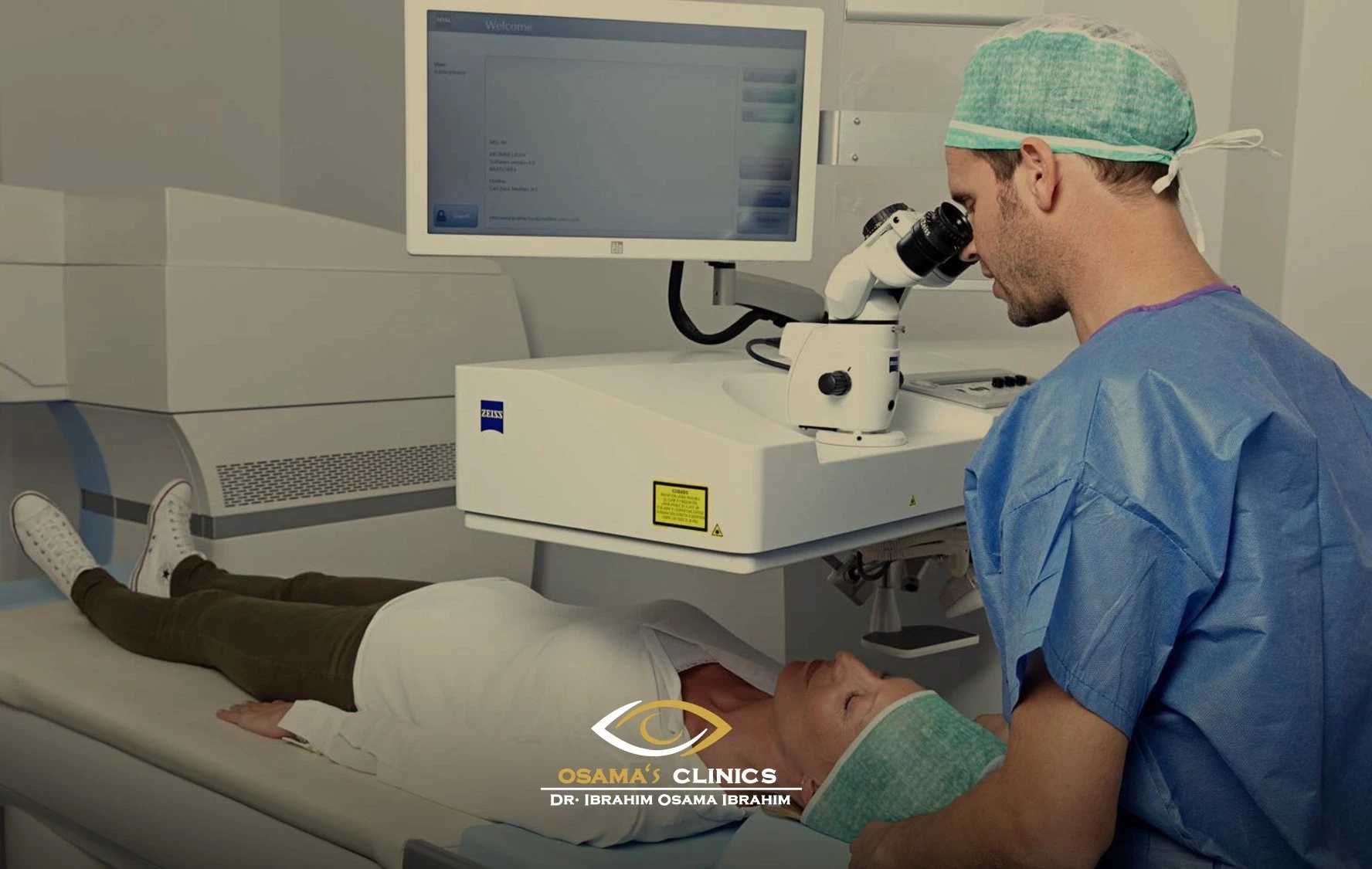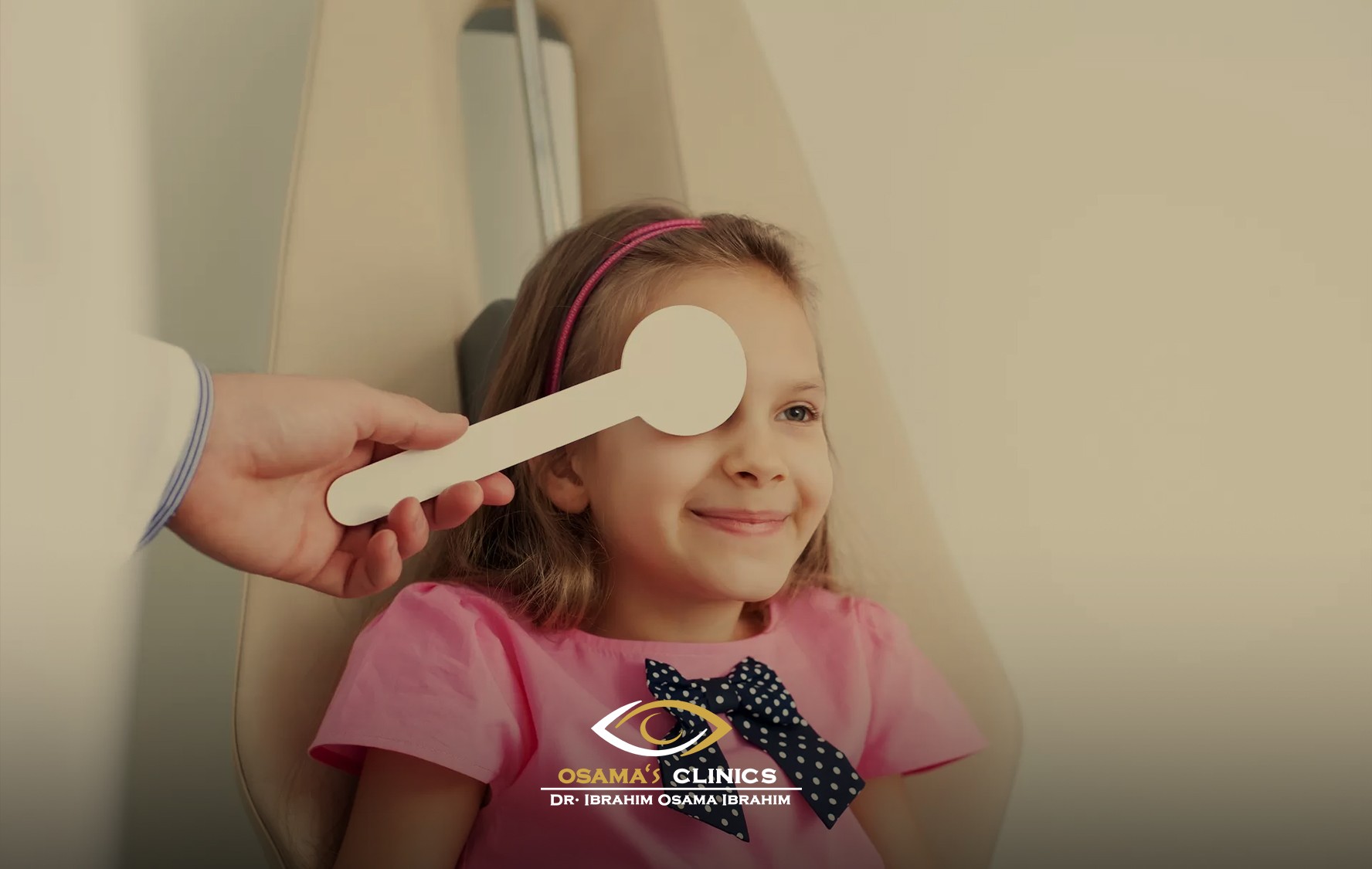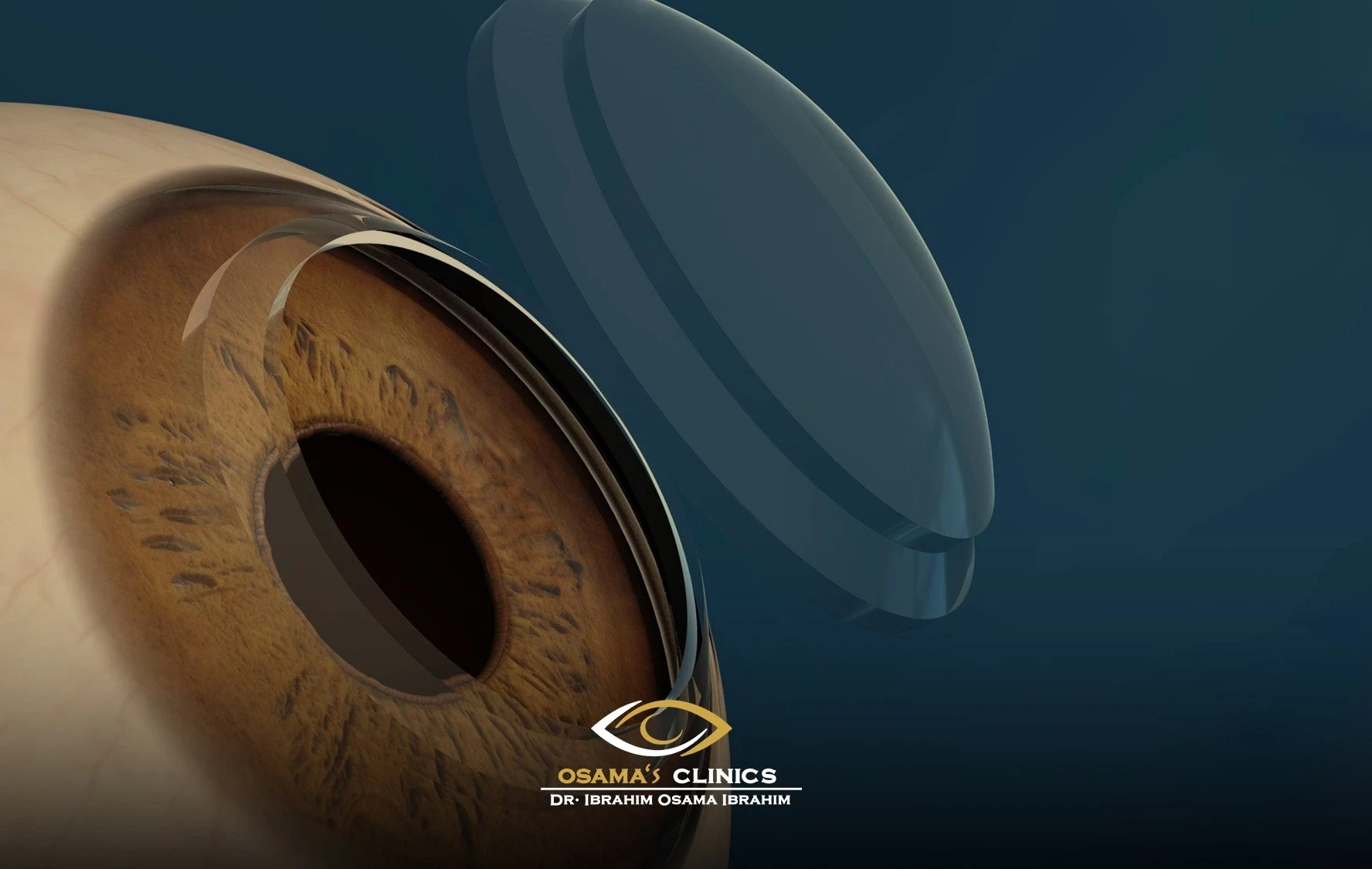
Keratoconus
About keratoconus
Keratoconus is one of the most dangerous diseases that can affect the eye, during which a thinning of the corneal tissue occurs, which leads to a change in its shape from circular to enlargement in the outer part to turn into a conical shape. Which affects the clarity of vision and this may cause either myopia or astigmatism for the patient.
Keratoconus affects people of all ages, from adolescence to old age, and despite its seriousness, early detection contributes to the success of treatment without the need for any surgeries. Learn about the causes of keratoconus and the most prominent treatment methods for each stage of the infection with Dr. Ibrahim Osama - Consultant Ophthalmologist, member of the Egyptian Ophthalmic Society, and member of the European Society of Cataract Surgery and Laser Vision Correction - just follow us until the end
Causes of keratoconus
Dr. Ibrahim Osama confirms that reaching the exact and complete causes of keratoconus still needs some medical efforts, as studies indicate genetic factors and others indicate a defect in the enzymes present in the corneal tissue itself, and if we want to limit the most frequent causes among medical research, we will find that they vary. between:
Genetic factors.
Repeated rubbing of the eye.
Down's syndrome.
Excessive eye exposure to ultraviolet rays.
Wearing poor quality contact lenses.
Regardless of the causes, the rush to treat keratoconus is something that cannot be underestimated, because the aggravation of the infection or the delay in treatment may lead to corneal scarring and sometimes ascites, and the matter may develop into a complete loss of vision in very advanced cases.
Methods of treating keratoconus
Keratoconus treatment methods differ, as mentioned by Dr. Ibrahim Osama, depending on the stage of infection. The infection has 3 stages, and the treatment differs in each stage from the other.
Treatment of early stages of keratoconus
At that stage, the patient has a good ability to see, all there are slight changes in the cells lining the cornea, but he can see with glasses or through contact lenses, which are sufficient solutions, except that resorting to the process of stabilizing the cornea is necessary to maintain the condition of the eye without Deterioration.
The corneal fixation process is carried out according to the following:
The doctor puts sufficient amounts of compound drops of riboflavin in the cornea.
Appropriate amounts of ultraviolet radiation are shed on the surface of the cornea.
Ultraviolet rays strengthen the bonds between collagen fibers in the corneal tissue, and this contributes to enhancing its strength.
Treatment of stage II keratoconus
At that stage, it is not possible to rely on medical glasses or contact lenses to improve vision, but it requires intervention by implanting stents or rings inside the eye using the femto-laser technique.
The operation aims to reduce the conical effect of corneal tortuosity and scarring. The operation is often performed using the femto-laser technique, but some cases may suffer from thinness of the cornea, then the doctor uses the surface laser as a suitable alternative.
The process of cultivating the rings is done by:
The patient's choice.
Use an eye dilation tool.
The surgeon inserts small rings or stents through a small opening at the tip of the cornea.
This incision is made professionally to facilitate the passage of rings through a special path between the layers of the cornea.
After the rings are installed in the proper position, the notch is carefully closed, making the rings firmly secured.
This procedure allows patients to better restore corneal function, as the degree of corneal curvature can be adjusted and vision improved, through a simple and effective technique that meets the needs of each patient.
Treatment of the third stage of keratoconus infection
At this stage, the patient may face challenges such as distortions of the cornea or reduced clarity of vision due to cloudiness in the field of view. In this context, simple measures to reshape the surface of the cornea are not sufficient, especially with very thin corneal thickness.
Depending on the doctor’s estimates, the optimal solution becomes the option of partial or complete corneal transplantation. With regard to corneal transplantation, there are multiple options that depend on the patient’s condition and circumstances. One of the options could include:
A complete corneal transplant from a donor whose cornea has been removed properly.
Partial corneal transplant.
Replacing the outer surface of the cornea or the superficial layers only, while keeping the inner lining unchanged, which contributes to reducing the risk of eye rejection of the new implant, as may happen in some cases of the entire implant.
In this stage and the previous stages, the appropriate option is according to the doctor’s discretion, and for the accuracy and sensitivity of keratoconus cases, it requires relying on an experienced surgeon with great skill and professionalism.
Dr. Ibrahim Osama - the best doctor for keratoconus treatment in Egypt
The accuracy of keratoconus cases and the specificity and seriousness of their cases require the skill and professionalism of Dr. Ibrahim Osama - a consultant ophthalmologist, a member of the Egyptian Ophthalmic Society, and a member of the European Society for Cataract Surgery and Laser Vision Correction - as he has a great deal of skill and accuracy that qualified him to perform thousands of successful operations. Thanks to:
Keeping him informed of all that is new in the world of ophthalmic surgeries.
His great experience in dealing with various injury cases, which gave him great skill in dealing with the situation, no matter how difficult it was.
Its center is equipped with all modern diagnostic and therapeutic techniques and methods for more effective and safer treatment options.
In short, if you suffer from any eye problem, whether keratoconus or otherwise, do not hesitate to contact us at the "Osama Clinic" center, which is a large edifice that includes everything you need to recover from any problem you suffer from.
common questions
What are the common symptoms of keratoconus?
Symptoms may include blurred vision, disturbances in night vision,






